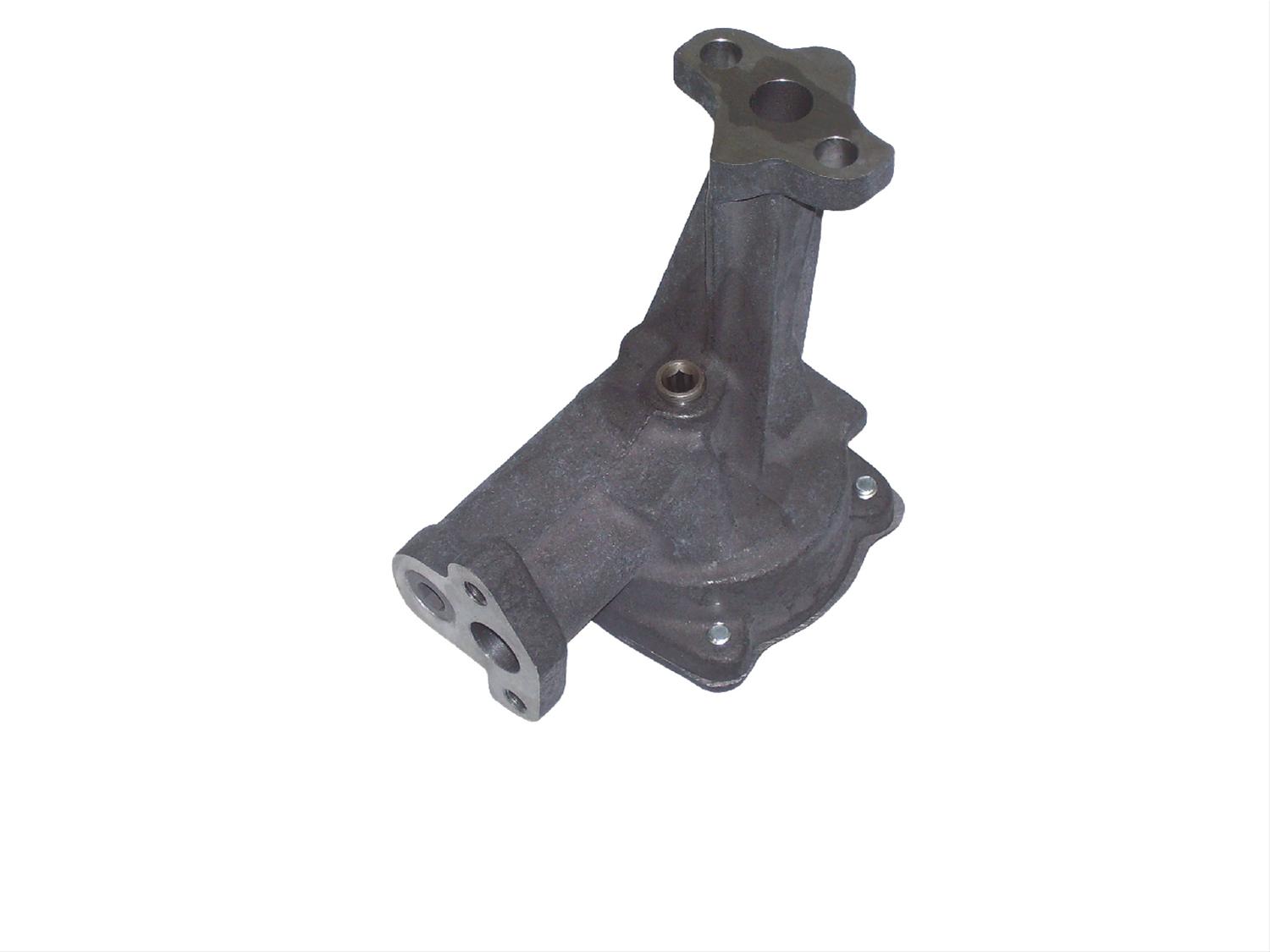Just chiming in a bit late in this discussion.
Was that data acquired on a flow test bench or on a mule?
On a test bench in Purolator's test lab.
If on a bench what was the outlet restriction or was it open ended?
Like most lab setups, the filter will be in-line with a flow path supplying the test oil flowing though the filter. How much pressure is on the downside of the filter doesn't matter because only the dP across the filter is being measured. If the inlet at the filter is at 80 PSI and the outlet at 70 PSI, then the dP is 10 PSI. If the inlet is at 15 PSI and the outlet is at 5 PSI, then the dP is still 10 PSI. Only the oil viscosity and the flow rate going through the filter determines the dP across the filter - what goes on before and after the filter is irrelevant of what's going on across the filter. That's what the graph in post 62 shows.
Just a general note, the outlet restriction (simulating internal engine drill, journal and oiling orifices) can be significant with cold lubricant and actually REDUCE the differential pressure. Taking the calculus to a limit, if the outlet was dead-headed there would be no flow and no ∆p, as the outlet restriction is reduced, the element impedance will become more significant, and the differential will rise.
If all conditions in a flow system except the oil viscosity is constant, then increasing just the viscosity will always increase the pressure drop across the flow path. There are no cases in that scenario where increasing the viscosity will reduce the dP across a flow element. If the flow system resistance is fixed, and the flow rate is constant, then increasing the viscosity will also increase the required pressure to move that same volume, and it will also increase the dP across each flow element in the system. That's a basic law of fluid dynamics.
In other words, if you have a flow path that has a fixed configuration, like an engine oiling system or a flow component like an oil filter, there will be a dP across them based on the flow volume and oil viscosity. If the flow volume is held constant, and the viscosity increased, then the dP across all flow elements in the system will also increase. That's why you see a shift upward across the flow axis on the Flow vs dP graph in post 62 as the viscosity increases.
Keep in mind that with really cold thick oil that the PD oil pump can also hit pressure relief pretty easily. When the PD hit's pressure relief, then that will cut back (limit) the max flow going to the oiling system with that cold oil viscosity. So that in turn, also helps limit the flow the oil filter will see, and limit the dP across the filter. In other words, if the oil pump hits pressure relief much sooner and limits the max flow rate to say 4 GPM, then the oil filter will only be seeing a dP associated with 4 GPM of that thick cold oil. The filter could still go into bypass, but that cut-back/limited oil flow by the pump helps keep the filter out of bypass in that scenario.
Did
@bluesubie or NASIOC ever find out from Subaru why Subaru spec a high bypass setting (>20 psid)_ on its EJ turbo engines? We all had guesses,
- Ken
It's been discussed many times, and what makes the most sense is the filter bypass is set pretty high because of the crazy high oil pump volume output on those Subaru engines. Filter designers have to consider what the max expected oil flow rate will be, and also the flow resistance of the filter itself. If there is a relatively high flow volume going through a relatively flow restrictive filter (meaning its Flow vs dP curve like in post 62 is shifted higher on the graph), then the filter bypass valve has to be set accordingly to keep the filter out of bypass as much as possible while still protecting the filter and engine.

